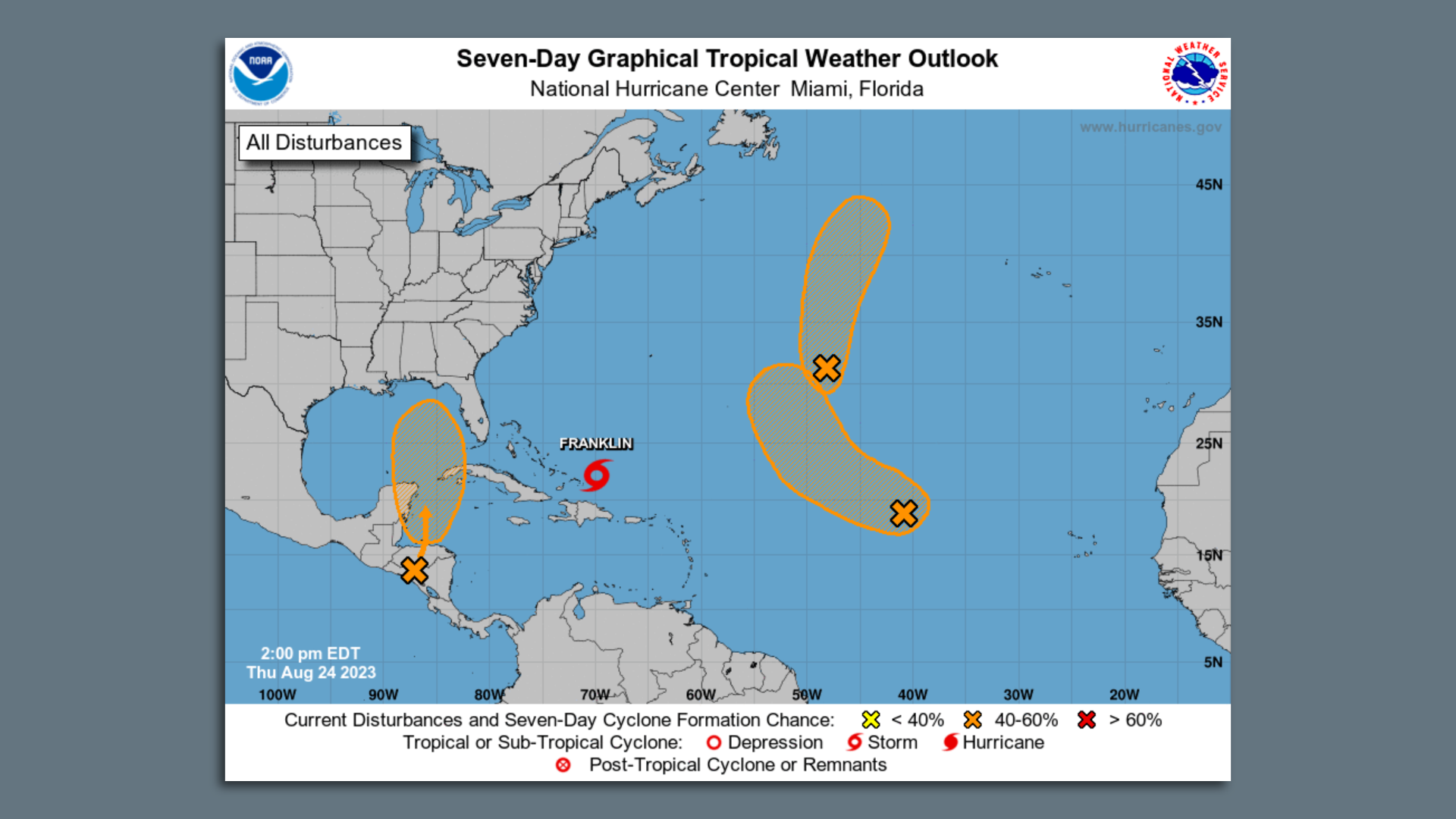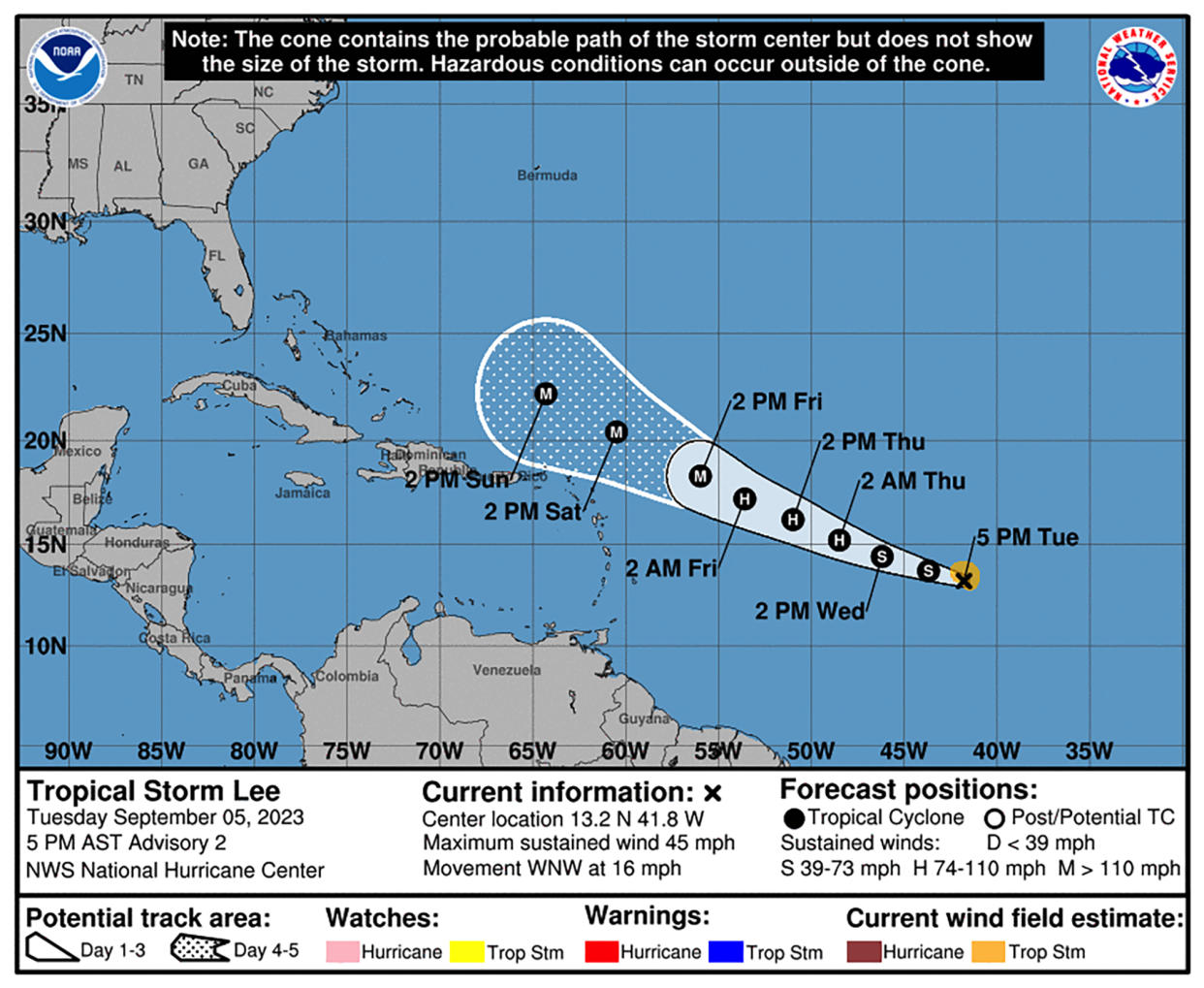National Hurricane Center Beryl Overview

National hurricane center beryl – The National Hurricane Center (NHC) is a specialized forecasting center of the National Weather Service (NWS), responsible for tracking and forecasting tropical cyclones in the Atlantic Ocean, Caribbean Sea, Gulf of Mexico, and eastern Pacific Ocean.
National Hurricane Center Beryl don dey track de storm since yesterday. For now, e dey expected to pass close to de islands, but e no go hit Barbados directly. You fit check Barbados hurricane for more info. National Hurricane Center Beryl go continue to monitor de storm and give updates as e dey come.
Established in 1955, the NHC’s mission is to provide accurate and timely information on hurricanes and tropical storms to protect life and property. The center’s organizational structure includes a team of meteorologists, oceanographers, and other specialists who monitor weather patterns, issue forecasts, and provide warnings and advisories to the public and emergency managers.
Di National Hurricane Center sabi sey Beryl na tropical storm. E dey move fast and e get potential to turn into hurricane. To know more about where Beryl dey go, check storm beryl path. Na di National Hurricane Center get di latest info about Beryl.
NHC’s Hurricane Monitoring and Forecasting Processes
The NHC’s hurricane monitoring and forecasting processes involve:
- Data collection from weather stations, satellites, aircraft, and other sources.
- Analysis of data to identify and track tropical cyclones.
- Issuance of forecasts and advisories on the intensity, location, and movement of hurricanes.
- Collaboration with other agencies to coordinate emergency response and recovery efforts.
Hurricane Beryl: Analysis and Impacts
Hurricane Beryl was a Category 3 hurricane that formed in the Atlantic Ocean in July 2023. The storm made landfall in the southeastern United States, bringing with it high winds, heavy rainfall, and storm surge.
Characteristics and Trajectory
Hurricane Beryl formed on July 15, 2023, as a tropical depression. The storm quickly strengthened into a tropical storm and then a hurricane. Beryl reached its peak intensity on July 17, with maximum sustained winds of 120 mph (195 km/h). The storm then weakened as it moved inland, and it was downgraded to a tropical storm on July 18.
Hurricane Beryl moved northwestward across the Atlantic Ocean, passing near the Bahamas and Bermuda before making landfall in South Carolina on July 18. The storm then turned northeastward and moved up the East Coast, bringing heavy rainfall to the Mid-Atlantic and New England regions.
Impacts
Hurricane Beryl caused widespread damage in the southeastern United States. The storm’s high winds caused downed trees and power lines, and the heavy rainfall led to flooding. The storm surge also caused significant damage to coastal areas.
The following are some of the specific impacts of Hurricane Beryl:
- Wind damage: Hurricane Beryl’s high winds caused widespread damage to trees, power lines, and buildings. The storm’s winds also caused significant beach erosion.
- Flooding: The heavy rainfall from Hurricane Beryl caused flooding in many areas. The flooding led to road closures, evacuations, and damage to homes and businesses.
- Storm surge: The storm surge from Hurricane Beryl caused significant damage to coastal areas. The storm surge flooded homes and businesses, and it also caused damage to infrastructure.
Response Efforts
The federal government and state and local governments responded to Hurricane Beryl by providing assistance to affected areas. The Federal Emergency Management Agency (FEMA) deployed teams to the affected areas to help with disaster relief efforts. FEMA also provided financial assistance to individuals and businesses affected by the storm.
State and local governments also provided assistance to affected areas. The South Carolina Department of Transportation worked to clear roads and bridges that were blocked by downed trees and debris. The state also provided financial assistance to individuals and businesses affected by the storm.
Hurricane Preparedness and Safety
Hurricanes are a force of nature that can cause widespread devastation. Being prepared can help you and your community stay safe. This section provides essential tips for hurricane preparedness and safety.
It is crucial to have an evacuation plan in place before a hurricane strikes. Know where you will go and how you will get there. Assemble an emergency kit with essential supplies, including food, water, first aid, and medications. Stay informed about the hurricane’s path and intensity through local news and weather updates.
Evacuation
If you are ordered to evacuate, do so immediately. Do not wait until the last minute. Take your emergency kit and follow the evacuation route designated by local authorities.
Shelter
If you are unable to evacuate, seek shelter in a sturdy building away from windows. Stay on the lowest floor possible and avoid rooms with large windows. If you are in a mobile home, leave and seek shelter in a more substantial structure.
Hazards, National hurricane center beryl
After a hurricane, be aware of hazards such as downed power lines, damaged buildings, and flooding. Do not enter floodwaters, as they can contain hidden debris and contaminants. If you must walk through floodwaters, use a sturdy stick to check for obstacles and avoid electrical wires.
